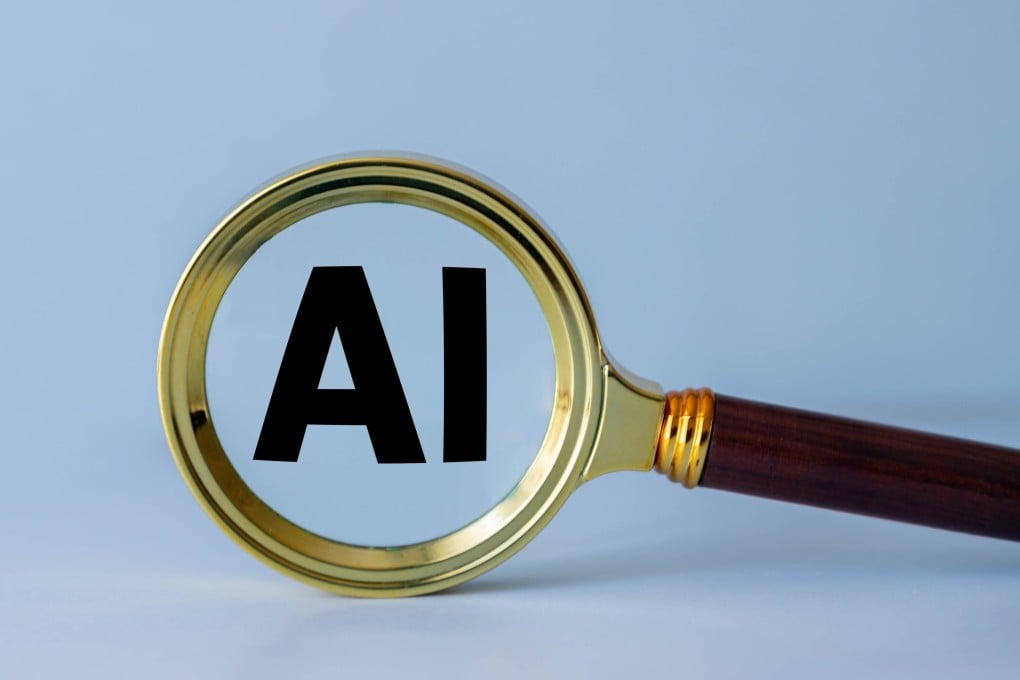Advertisement
Explainer | AI content detector: why does China dismiss it as ‘superstition tech’?
Detection tools can produce false results, Science and Technology Daily warns, citing 100-year-old essay rated as 60 per cent written by AI
Reading Time:4 minutes
Why you can trust SCMP
1

Dannie Pengin Beijing
With the graduation season approaching, many Chinese universities have introduced regulations setting clear requirements for the proportion of artificial intelligence-generated content – or the “AI rate”, as it is called – allowed in theses.
Some universities have used the AI rate as a deciding factor in whether a thesis is approved.
The rule is intended to prevent academic misconduct, as educators have become increasingly concerned about the unregulated use of AI in producing scholarly literature, including data falsification and content fabrication, since the public debut of generative AI models such as ChatGPT.
Advertisement
However, an official publication from the Ministry of Science and Technology has warned that using AI content detectors to identify AI writing is essentially a form of “technological superstition” that could cause many unintended side effects.
Science and Technology Daily warned in an editorial last Tuesday that AI detection tools could produce false results and some graduates had complained that content clearly written by them was labelled as AI-generated.
Advertisement
Even a famous Chinese essay written 100 years ago was evaluated by the tools as more than 60 per cent AI-generated, the article said.
Advertisement
Select Voice
Choose your listening speed
Get through articles 2x faster
1.25x
250 WPM
Slow
Average
Fast
1.25x